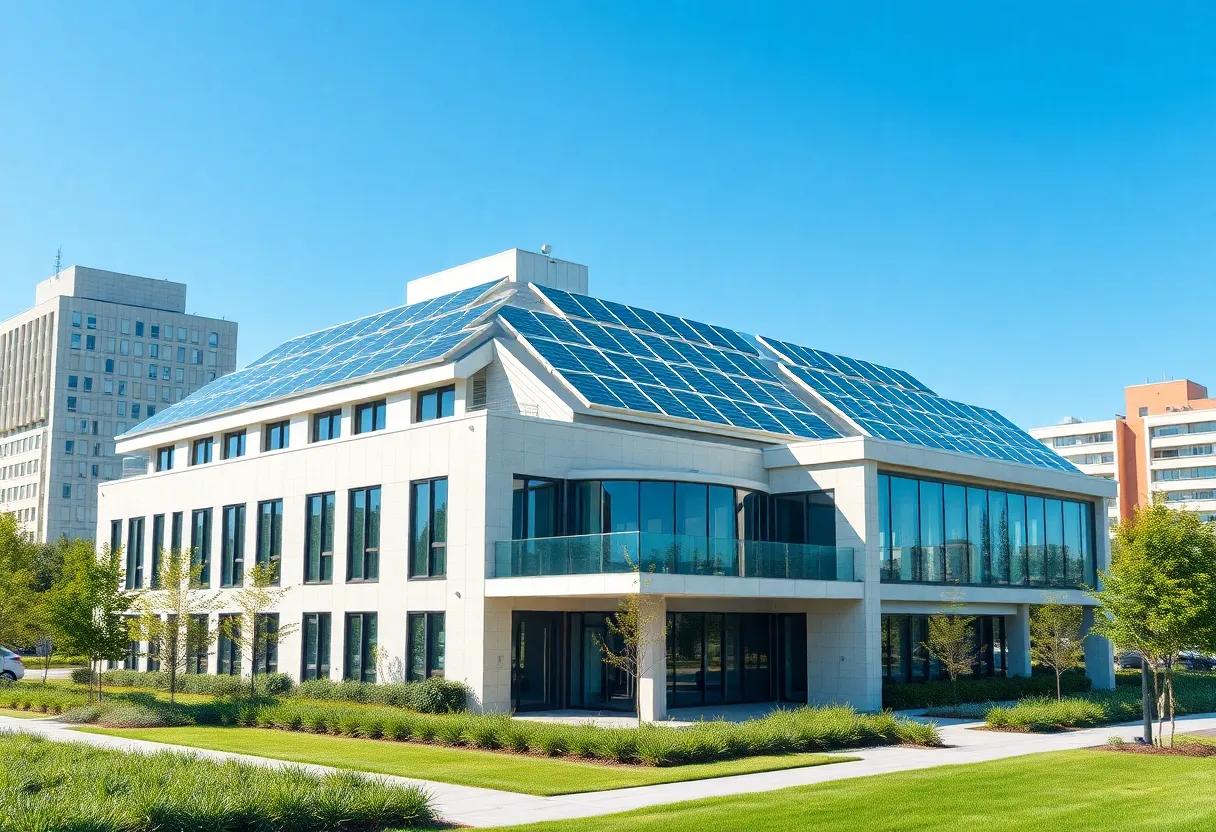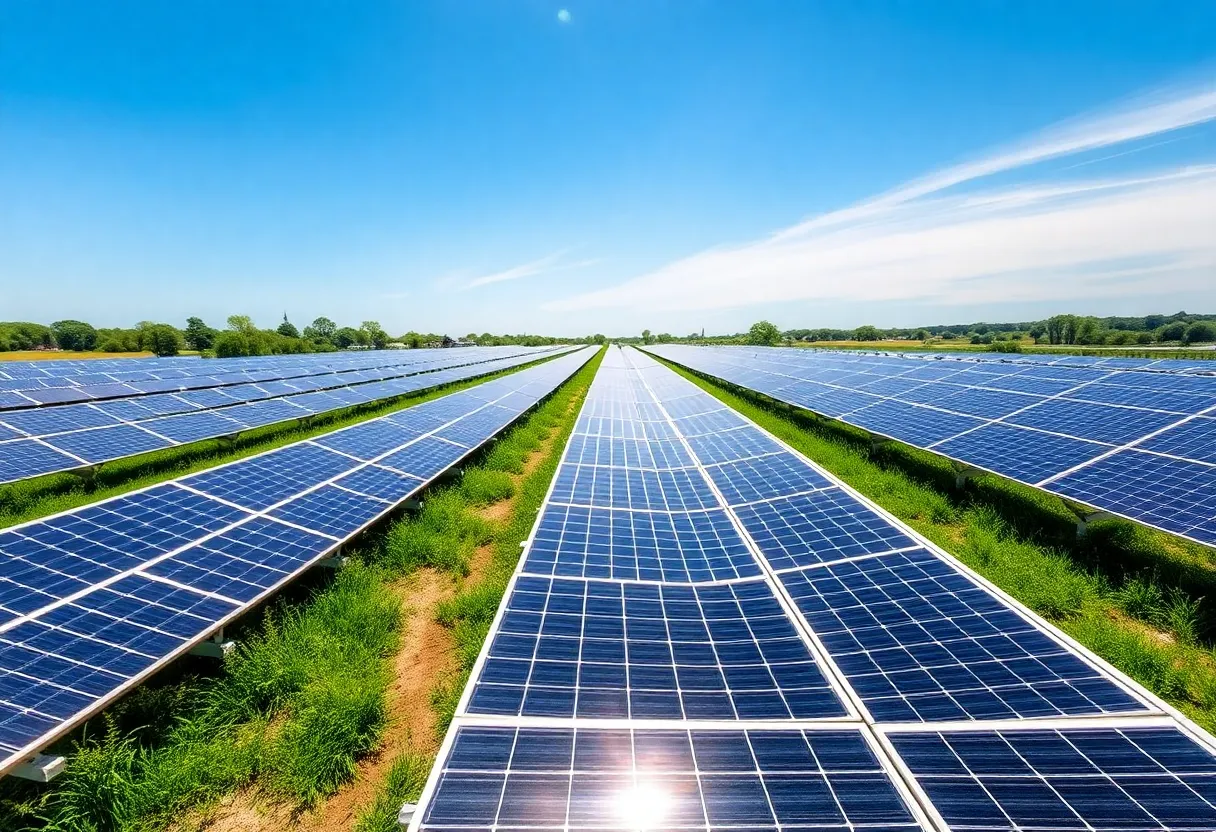News Summary
New York State will implement regulations mandating all-electric heating and appliances in new buildings starting January 2026. This initiative aims to combat climate change and reduce carbon emissions, impacting residential buildings up to seven stories. While focusing on new constructions, the law exempts certain types of structures from these requirements. Critics express concerns over potential cost increases for builders, as well as reliance on fossil fuels for electricity. A recent federal court ruling dismissed a lawsuit against the mandate, reinforcing the state’s commitment to sustainability.
New York State will mandate all-electric heating and appliances for new buildings starting January 2026 as part of its commitment to climate action and carbon emission reduction. This regulation affects newly constructed buildings, including residential homes with up to seven stories.
The rule was established by the New York State Fire Prevention and Building Codes Council, based on legislation enacted under the 2019 Climate Leadership and Community Protection Act, which was spearheaded by the state’s Democratic leadership. The initiative’s goal is to transition to all-electric systems, reflecting a broader commitment to sustainability and environmental responsibility.
Assemblymember Emily Gallagher expressed enthusiasm about the All Electric Building Act, highlighting it as a pivotal moment for the state in the fight against climate change. Similarly, State Senator Liz Kruger commented that while the current focus is on newly constructed buildings, the ultimate aim is for all structures to operate on all-electric systems as a part of the state’s future strategy.
The new regulations will not impose immediate changes on existing buildings or those undergoing renovations. However, certain types of structures, including restaurants, hospitals, factories, and agricultural buildings, are exempt from these all-electric requirements for the time being. These exemptions recognize the diverse needs of various industries while encouraging a gradual transition to more environmentally-friendly practices.
Despite the plan’s ambitious goals, some builders have raised alarms about the financial implications of the transition. Industry experts predict that the new regulations could lead to a cost increase of approximately $20,000 per new home. Phil Nanula, the President of the Buffalo Niagara Building Association, noted that these financial concerns reflect the significant investment required to shift to all-electric systems.
Critics of the initiative have pointed out that New York’s current electrical power generation is still heavily reliant on fossil fuels, thereby complicating the envisioned shift to all-electric systems. This raises questions about the overall environmental benefits of the policy and whether the state’s electricity infrastructure can support such a wide-scale transition without increasing reliance on non-renewable energy sources.
Amid rising utility bills—partly attributed to state efforts aimed at enhancing the reliability of the power grid and the escalating costs associated with building renewable energy infrastructure—Governor Kathy Hochul acknowledged the delicate balance the state must maintain. She emphasized the importance of achieving climate goals while ensuring that ratepayers are not adversely affected. The governor suggested that a potential slowdown in the implementation of these all-electric requirements may be necessary to address these financial concerns.
In a recent legal development, a lawsuit filed by natural gas utilities and various building trades to block the all-electric mandates was dismissed by a federal court. This ruling marks a significant step in advancing New York’s commitment to its environmental objectives, reinforcing the state’s position on the importance of climate-focused regulations.
As the January 2026 deadline approaches, stakeholders—including lawmakers, builders, and the community—will need to navigate the complex dynamics of transitioning towards all-electric buildings while addressing economic concerns and infrastructure capabilities. This initiative represents a significant shift in how buildings will be constructed in the state moving forward, with the overarching aim of promoting sustainability and reducing carbon emissions in New York’s future.
Deeper Dive: News & Info About This Topic
- WGRZ: NYS Law Forces All Electric for Most New Building Construction
- Buffalo News: Electric Buildings in Buffalo & Syracuse
- NYS Focus: New York Electric Building Code
- Wikipedia: Sustainability
- Encyclopedia Britannica: Climate Change

Author: STAFF HERE NEW YORK WRITER
The NEW YORK STAFF WRITER represents the experienced team at HERENewYork.com, your go-to source for actionable local news and information in New York, the five boroughs, and beyond. Specializing in "news you can use," we cover essential topics like product reviews for personal and business needs, local business directories, politics, real estate trends, neighborhood insights, and state news affecting the area—with deep expertise drawn from years of dedicated reporting and strong community input, including local press releases and business updates. We deliver top reporting on high-value events such as New York Fashion Week, Macy's Thanksgiving Day Parade, and Tribeca Film Festival. Our coverage extends to key organizations like the Greater New York Chamber of Commerce and United Way of New York, plus leading businesses in finance and media that power the local economy such as JPMorgan Chase, Goldman Sachs, and Bloomberg. As part of the broader HERE network, including HEREBuffalo.com, we provide comprehensive, credible insights into New York's dynamic landscape.





